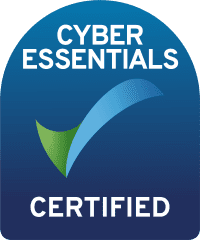Introduction
As an employee, your employer deducts National Insurance contributions from your wages and pays it to HMRC.
However this is not the same if you work for yourself. When you are self-employed you are responsible for paying your National Insurance contributions to HMRC.
There are two types of National Insurance contributions that you may have to pay:
- Class 2
- Class 4
Class 2 National Insurance is a flat rate weekly amount which is due from the date your self-employment starts.
You must pay Class 2 contributions for each week that you are registered as self-employed.
This includes weeks when you are on holiday or have no work.
What do National Insurance contributions count towards?
- Basic State Pension
- Maternity Allowances
- Bereavement Benefits
But doesn't count towards:
- Additional State Pension
- Statutory Sick Pay
- Job Seekers Allowance

You can pay your Class 2 National Insurance contributions either monthly by Direct Debit or twice a year - January and July.
More about this in the What can I claim as a business expense? section.
- you are under 16
- you have reached state pension age
- you're a married woman or widow who is entitled to pay reduced contributions
- your earnings are below a certain level - see below.
If your earnings are below a certain level you can apply for a Small Earnings Exception Certificate. This means that you do not have to pay Class 2 National Insurance contributions.
However, think carefully before applying as if you do not pay Class 2 National Insurance contributions you may not qualify for benefits such as basic State Pension.

For further information on the Certificate of Small Earnings Exception follow the link below
- there are two types of National Insurance contribution that you may have to pay when working for yourself; Class 2 and Class 4
- Class 2 is a flat rate
- Class 4 is calculated and payable at the same time as your tax under Self Assessment
Courtesy of HM Revenue & Customs





